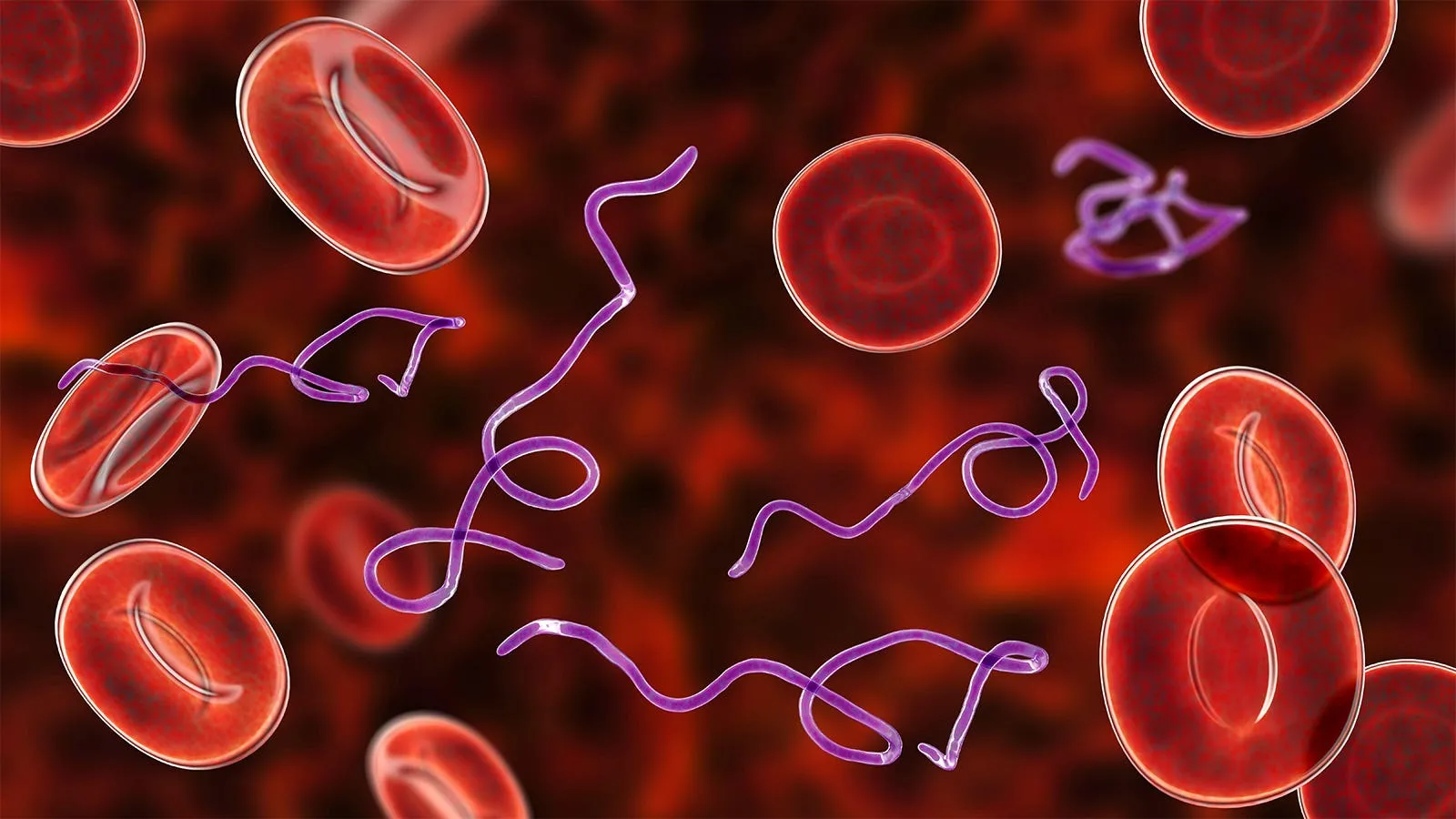Understanding Prolonged Symptoms After Lyme Disease: CDC Guidelines

Prolonged Symptoms After Lyme Disease: An In-Depth Look
Post-treatment Lyme disease syndrome (PTLDS) is a complex health issue where symptoms persist despite appropriate antibiotic treatment. Patients may face challenges such as fatigue, pain, and cognitive difficulties that hinder their quality of life. Here’s what you need to know about PTLDS:
- Symptoms: Common manifestations include joint pain, sleep disturbances, and mental fatigue.
- Duration: Symptoms usually last for more than six months, leading to ongoing healthcare needs.
- Treatment Options: Approaches may vary significantly and can include physical therapy, pain management, and lifestyle adjustments.
CDC Recommendations for Addressing PTLDS
The CDC urges healthcare providers to recognize and address PTLDS effectively. Early intervention can minimize complications and help arrange supportive measures for affected individuals.
For comprehensive strategies and further information on managing prolonged symptoms, visit the CDC's official guidance.
Disclaimer: The information provided on this site is for informational purposes only and is not intended as medical advice. We are not responsible for any actions taken based on the content of this site. Always consult a qualified healthcare provider for medical advice, diagnosis, and treatment. We source our news from reputable sources and provide links to the original articles. We do not endorse or assume responsibility for the accuracy of the information contained in external sources.
This article was prepared using information from open sources in accordance with the principles of Ethical Policy. The editorial team is not responsible for absolute accuracy, as it relies on data from the sources referenced.